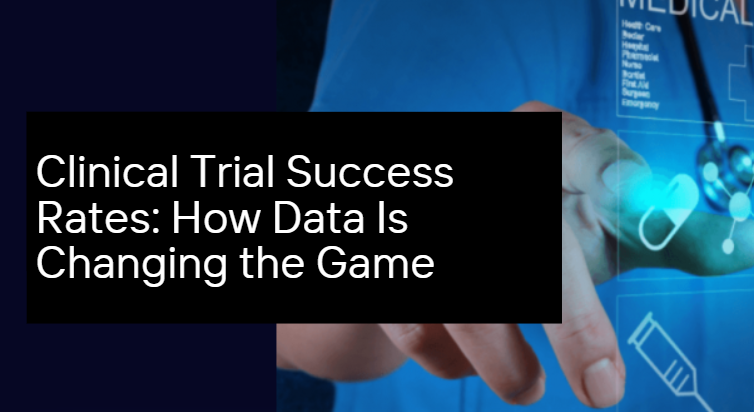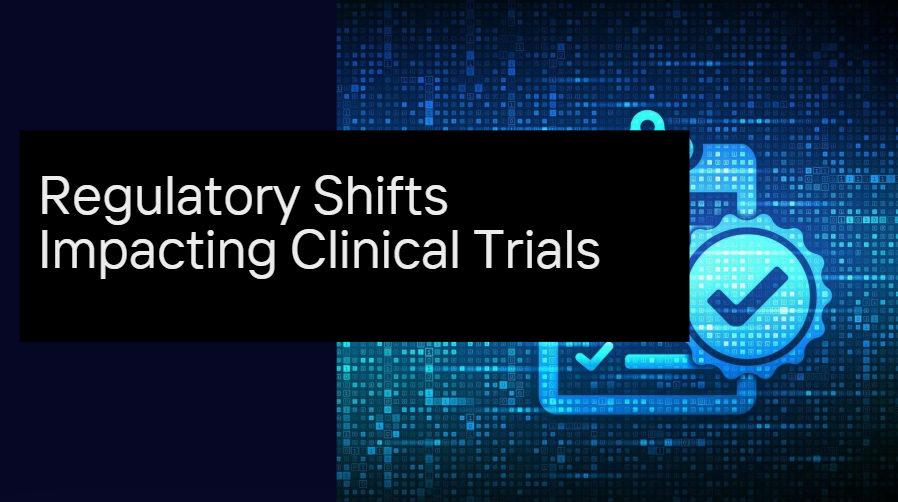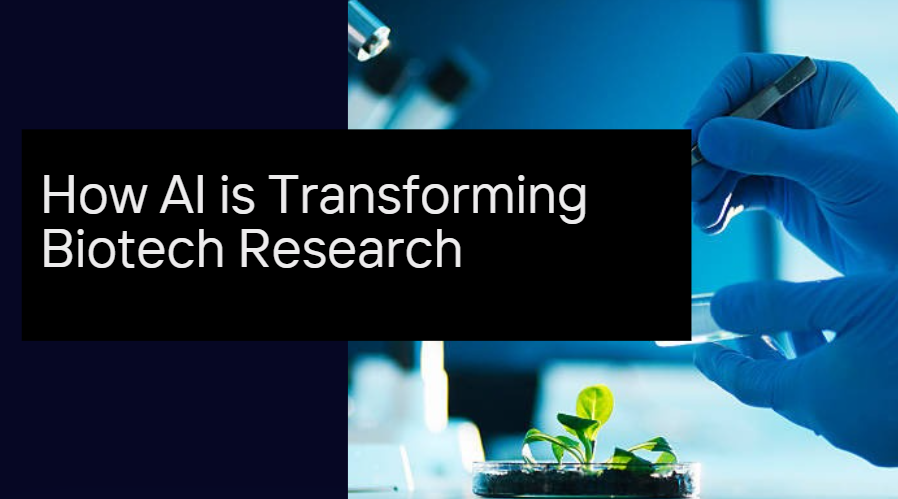Clinical trials have always been the heartbeat of medical innovation—but they’re also notoriously risky, expensive, and time-consuming. For decades, investors, researchers, and pharmaceutical companies have operated under the sobering reality that most clinical trials fail. In fact, only around 9–14% of drugs that enter Phase I ever make it to market.
But 2025 marks a turning point. Thanks to advances in data science, AI, and predictive analytics, the odds are starting to shift. Trial planning, patient recruitment, endpoint selection, and real-time monitoring are being optimized like never before—and success rates are finally seeing meaningful improvement.
This post explores how data is revolutionizing clinical trial outcomes, what it means for investors and biotech firms, and why smarter trials may define the next era of healthcare innovation.
The High-Stakes Challenge of Clinical Trials
Before a drug reaches the market, it must pass through a gauntlet of clinical trials—typically over a decade of testing across three increasingly rigorous phases:
Phase I: Safety and dosage in healthy volunteers or patients.
Phase II: Early signs of efficacy and side effects.
Phase III: Large-scale efficacy and safety vs. existing treatments or placebos.
The historical success rate across all phases hovers below 15%, according to studies by BIO, Biomedtracker, and Amplion. Oncology, CNS disorders, and rare diseases tend to have the lowest success rates, making them riskier investment categories despite their high unmet need.
These failures are rarely due to bad science alone—most often, they stem from inadequate patient selection, poorly defined endpoints, protocol deviations, or operational issues.
Data is Changing That
Here’s how emerging technologies and analytics are transforming trial design, reducing risk, and boosting success rates.
1. AI-Driven Trial Design
Traditionally, trial design was based on limited prior data, expert consensus, and assumptions. Now, machine learning models can analyze millions of data points from past trials, medical literature, and real-world data to:
Predict which drug-target pairs are most likely to succeed
Identify biomarkers correlated with positive outcomes
Optimize trial length, sample size, and inclusion/exclusion criteria
Companies like Atomwise, Owkin, and QuantHealth are deploying AI to simulate clinical trial outcomes before they even begin—allowing drug developers to design smarter, more efficient protocols.
Result: Trials that are more tailored to actual patient biology, leading to higher signal-to-noise ratios and better decision-making.
2. Digital Twins and In-Silico Models
Imagine being able to run a trial in a virtual environment first—before recruiting a single human participant. That’s the promise of digital twins in healthcare.
By creating data-driven simulations of individual patients or cohorts, researchers can model drug responses, test hypotheses, and tweak variables in silico. This not only accelerates development but can flag high-risk failures early in the pipeline.
In 2025, several regulatory agencies—including the FDA and EMA—are increasingly accepting model-informed drug development (MIDD) as part of preclinical and clinical submissions.
3. Improved Patient Recruitment Through Real-World Data
Recruitment delays are one of the biggest causes of trial failure. But with access to real-world data (RWD)—including electronic health records, insurance claims, and wearable device data—sponsors can now:
Precisely identify eligible patients across health systems
Predict who is most likely to enroll, adhere, and complete the trial
Match patients to trials using automated platforms
For example, platforms like TriNetX and Deep 6 AI mine large healthcare databases to find patients in real time, drastically reducing enrollment time and costs.
4. Decentralized and Hybrid Trial Models
COVID-19 sparked the rapid adoption of decentralized clinical trials (DCTs), which bring the trial to the patient rather than the other way around. Today, hybrid models using telemedicine, home monitoring, and digital platforms are the norm.
These models increase participant diversity, improve retention, and enable more continuous data capture, which leads to faster insights and reduced dropout rates.
Wearables and remote diagnostics also allow for passive monitoring of endpoints, reducing the need for frequent clinic visits and capturing more granular data.
5. Real-Time Data Monitoring and Adaptive Trials
Thanks to cloud platforms and AI, trial data can now be monitored in real time—allowing for early detection of safety signals, protocol deviations, or even futility.
Adaptive trial designs, enabled by this real-time visibility, allow researchers to:
Adjust dosages mid-trial
Drop ineffective arms early
Expand promising subgroups without starting from scratch
This approach maximizes ethical oversight while reducing wasted time and capital.
6. Predictive Analytics for Success Probability
One of the most transformative applications of data in 2025 is the ability to quantify the probability of success (PoS) for a given trial or asset.
AI models now incorporate hundreds of variables—from molecule structure to trial design to disease indication—and benchmark them against thousands of historic trials.
Pharma companies and VCs alike are using these models to:
Make go/no-go decisions at preclinical or early Phase I stages
Prioritize assets with higher statistical confidence
Align milestones with realistic outcome probabilities
This shift toward evidence-based portfolio management is improving ROI across the drug development ecosystem.
Impact on Investment Strategy
Investors are already responding to this shift. Biotech companies that incorporate advanced data tools into their trial process are commanding higher valuations and greater confidence from institutional investors.
Key signs of an investable biotech in 2025:
Integration of AI/ML into trial design and biomarker discovery
Access to real-world data partnerships for recruitment
Experience with decentralized or adaptive trials
Transparent communication of success probability metrics
Expect more investor diligence focused on trial execution strategy, not just the science behind the drug.
Real Results: Data in Action
A 2024 meta-analysis published in Nature Reviews Drug Discovery found that:
Trials using predictive analytics had a 21% higher Phase II success rate
Adaptive trials reduced total costs by 28% compared to traditional models
AI-augmented recruitment platforms cut enrollment times by 30–50%
These are no longer speculative tools—they’re proving their worth in the market.
—
The next frontier is fully AI-orchestrated trials, where protocol design, recruitment, monitoring, and data analysis are all run on integrated platforms.
We’re already seeing early examples in oncology and rare diseases, where traditional trials are hardest to run. Expect the model to expand across therapeutic areas as regulators get more comfortable with digital-first approaches.
As AI models are validated and real-world data becomes more interoperable, we’ll see faster cycles from hypothesis to approval—reducing risk, cost, and time across the board.
The Data-Driven Future of Trials
Clinical trial success will never be guaranteed—but it’s no longer a black box. In 2025, data is doing what decades of guesswork could not: making trials faster, smarter, and more likely to succeed.
For biotech leaders, integrating these tools is no longer optional. For investors, understanding how a company is using data in its trial process can be a key indicator of long-term viability.
Because in this new era of precision health, it’s not just about developing the right drug—it’s about running the right trial.



